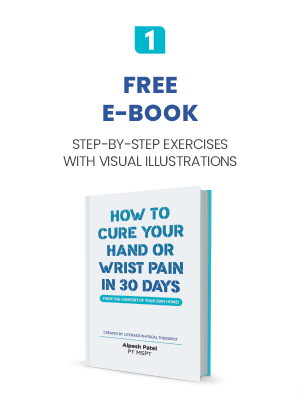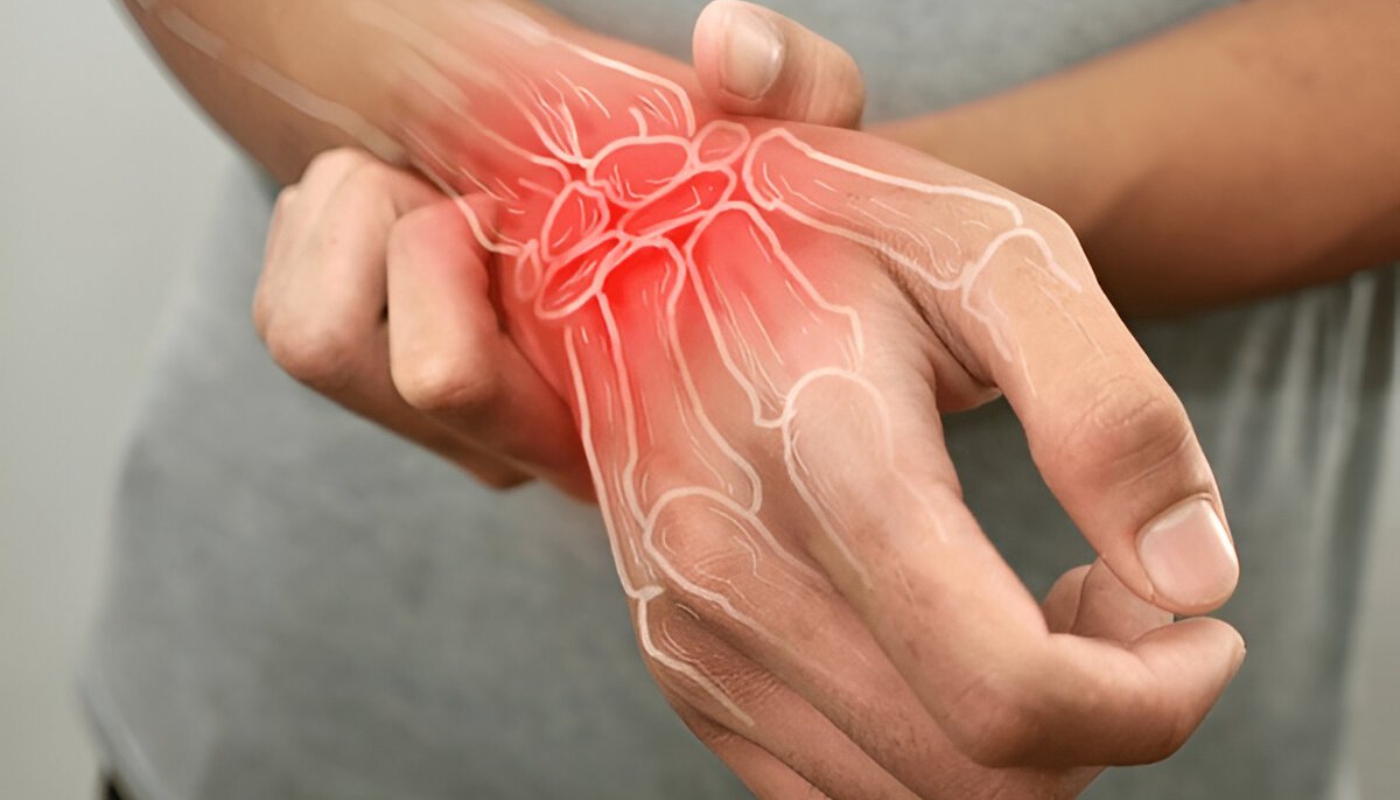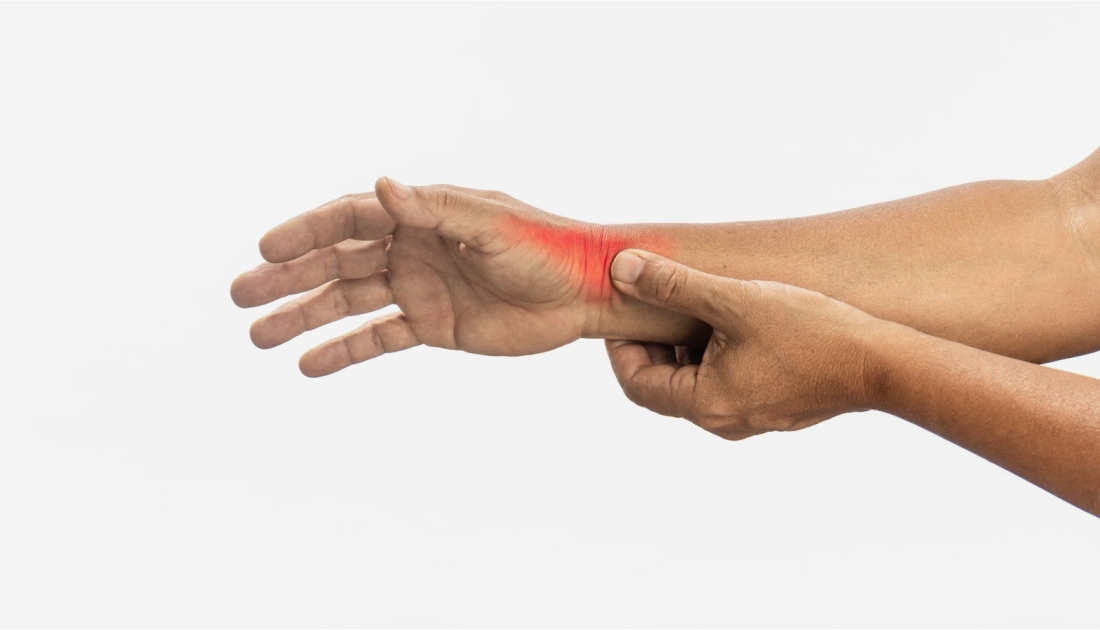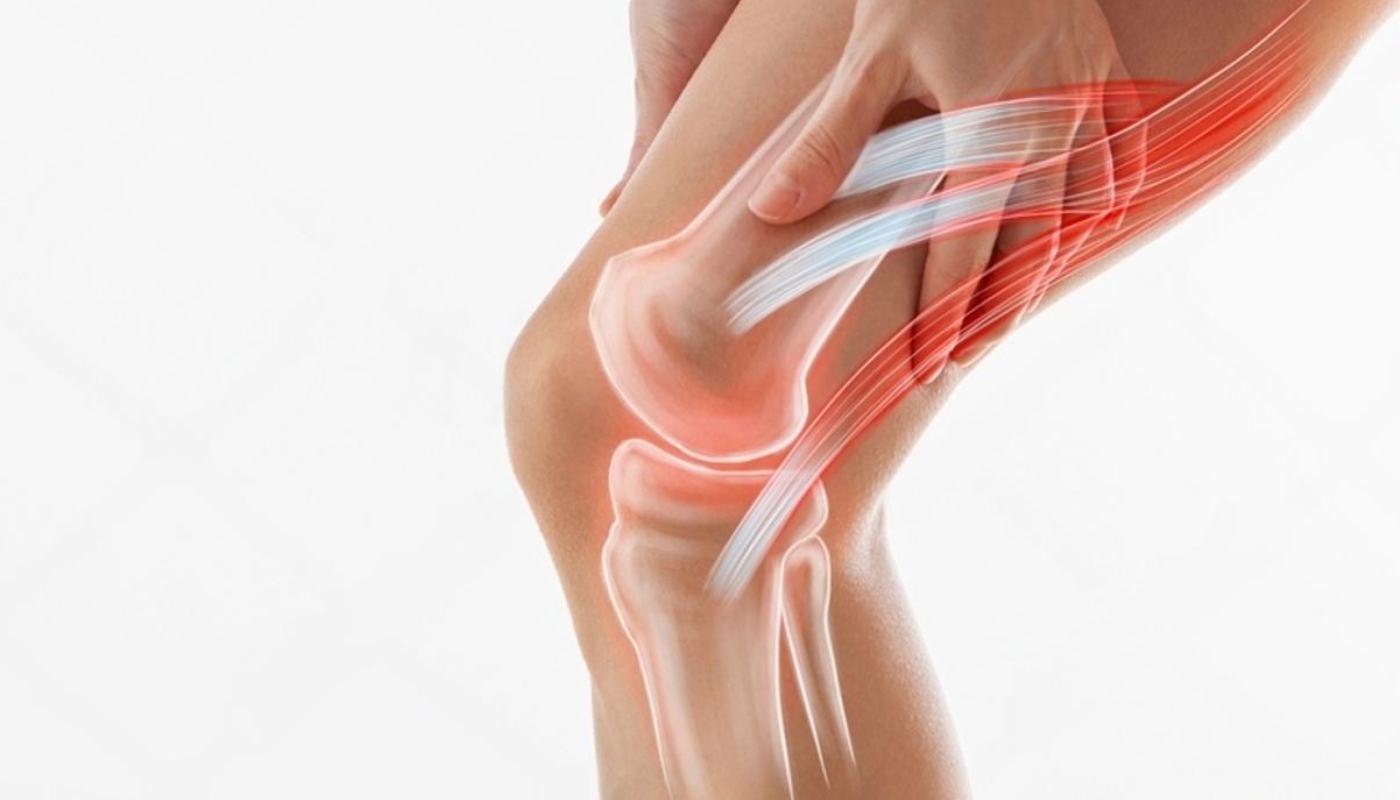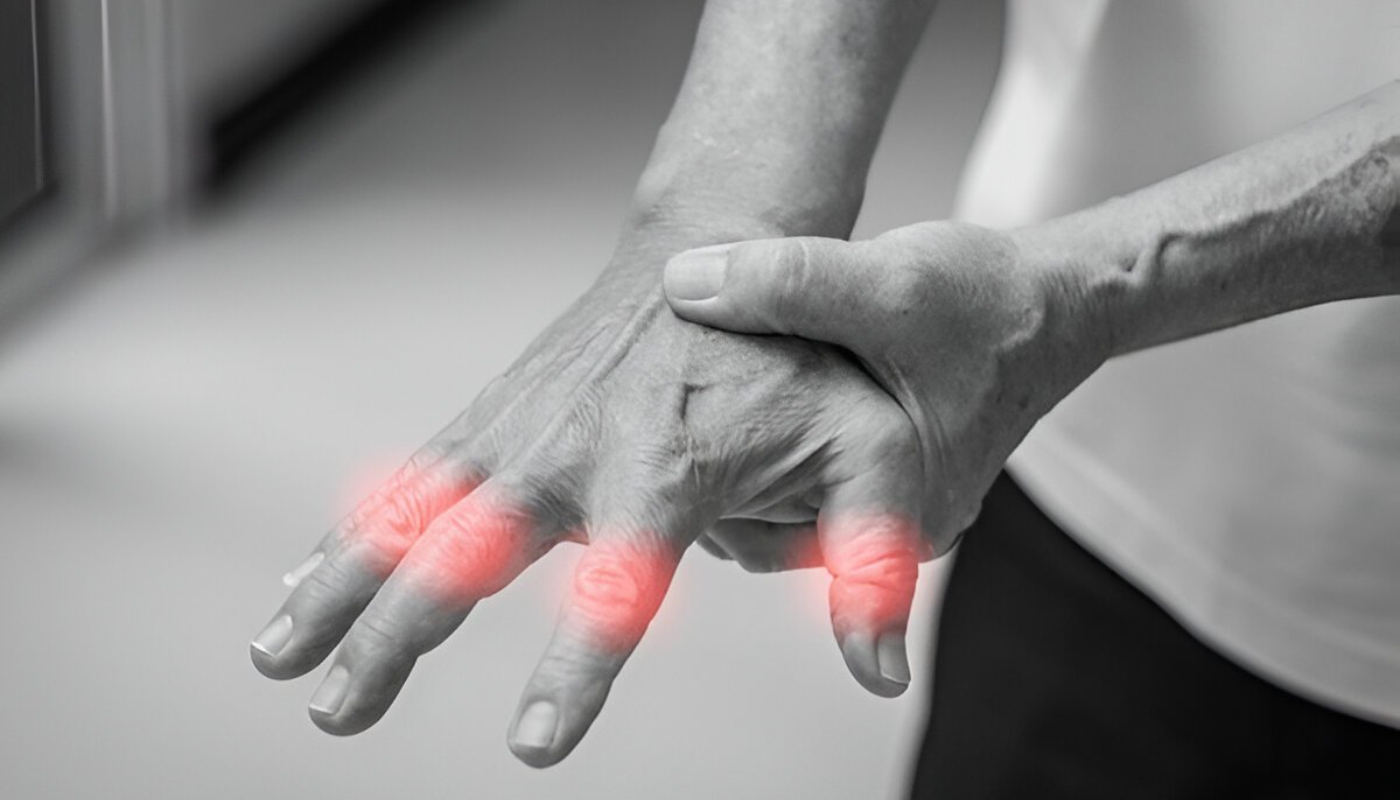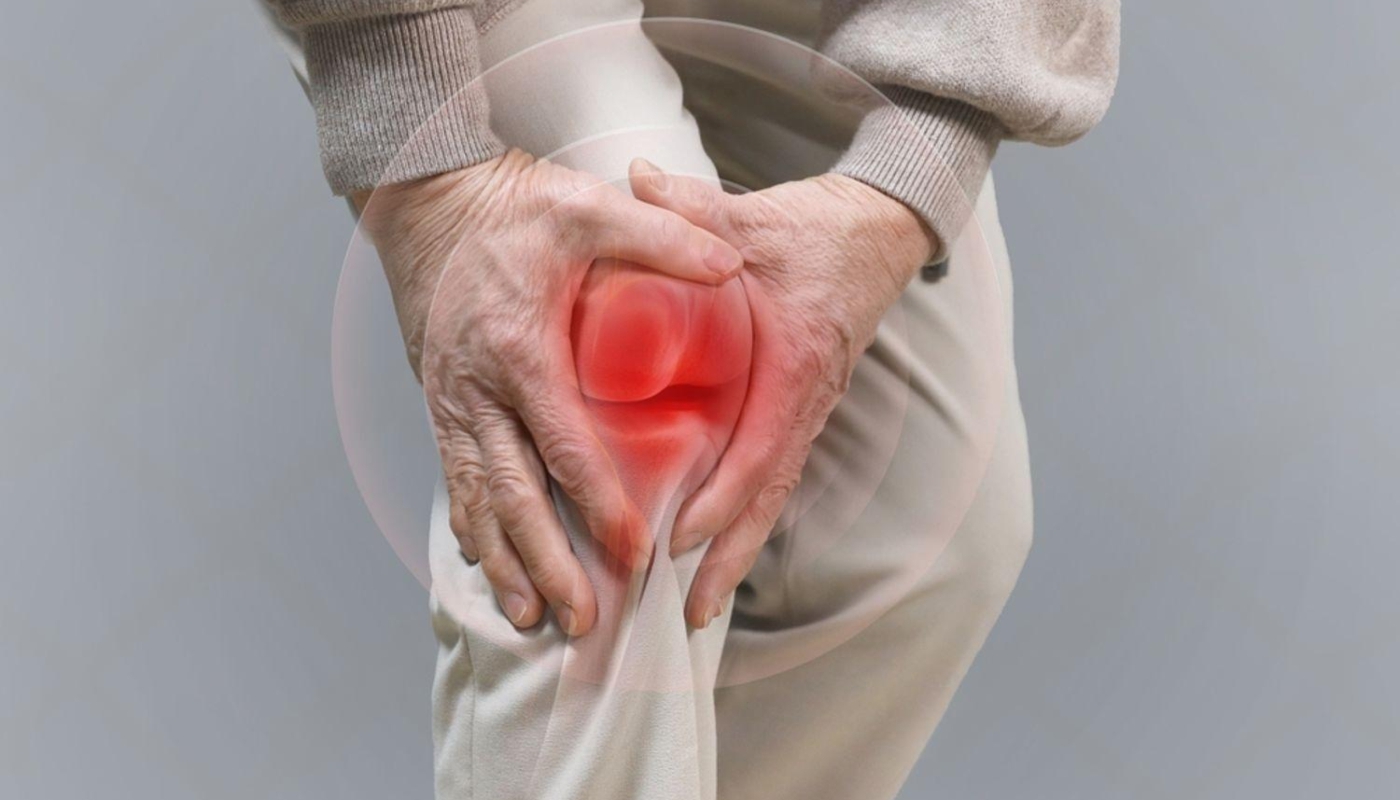Carpal tunnel syndrome is a common condition that occurs when the median nerve, which runs from the forearm into the palm of the hand, becomes pressed or squeezed at the wrist. This condition can lead to a variety of symptoms that can significantly impact daily life. Recognizing these symptoms early is crucial for effective management and treatment.
Individuals suffering from carpal tunnel syndrome may experience:
- Pain: A sharp or aching pain in the wrist or hand, which can radiate up the arm.
- Numbness: A tingling sensation or loss of feeling in the fingers, particularly the thumb, index, and middle fingers.
- Weakness: Difficulty gripping objects or performing tasks that require fine motor skills.
- Symptoms at Night: Many people find that symptoms worsen at night, often waking them from sleep.

Understanding these symptoms is the first step toward seeking appropriate treatment. If you suspect that you or someone you know is experiencing symptoms of carpal tunnel syndrome, it’s essential to consult a healthcare professional who can provide a proper diagnosis and recommend treatment options.
At Theravio, we are committed to helping you manage your health with scientifically backed tools and resources tailored for conditions like carpal tunnel syndrome. Explore our range of therapeutic solutions today!
Common Causes of Carpal Tunnel Syndrome

Carpal tunnel syndrome is often the result of a combination of factors that increase pressure on the median nerve within the carpal tunnel of the wrist. Understanding the common causes can help in both prevention and management of the condition.
Some of the most prevalent causes include:
- Repetitive Hand Movements: Activities that require repetitive wrist and hand motions, such as typing or using a mouse, can contribute to the development of carpal tunnel syndrome.
- Wrist Position: Poor positioning of the wrist during tasks can increase pressure on the median nerve. For example, bending the wrist frequently or holding it in an awkward position can exacerbate symptoms.
- Medical Conditions: Certain health issues, including diabetes, rheumatoid arthritis, and thyroid dysfunction, can increase the risk of carpal tunnel syndrome by affecting nerve health.
- Pregnancy: Hormonal changes during pregnancy can lead to swelling, which may compress the median nerve, resulting in carpal tunnel symptoms.
- Genetics: Some individuals may have a naturally smaller carpal tunnel, making them more susceptible to this condition.
Identifying the underlying causes of carpal tunnel syndrome is crucial for implementing effective treatment strategies and making lifestyle adjustments to mitigate risk factors.

Diagnosis Methods for Carpal Tunnel Syndrome
Diagnosing carpal tunnel syndrome involves a thorough assessment of symptoms, medical history, and physical examination. Healthcare professionals utilize several methods to confirm the diagnosis and rule out other potential conditions.
Key diagnosis methods include:
- Physical Examination: A healthcare provider will perform a physical exam, checking for signs of muscle weakness, atrophy, or sensory loss in the hand. They may also assess the wrist's range of motion and apply specific tests to elicit symptoms.
- Symptom Assessment: Patients are often asked to describe their symptoms, including numbness, tingling, or pain in the fingers, especially the thumb, index, and middle fingers. The onset, duration, and frequency of symptoms can provide valuable insights.
- Electromyography (EMG): This test measures the electrical activity of muscles and nerves. It can help determine if the median nerve is functioning properly and can identify any nerve damage.
- Nerve Conduction Study (NCS): Often performed alongside EMG, this study assesses how quickly electrical signals move through the median nerve. A delay in signal transmission can indicate compression.
- Ultrasound: In some cases, ultrasound imaging may be used to visualize the median nerve and assess for swelling or other abnormalities in the carpal tunnel area.
By utilizing these diagnostic methods, healthcare professionals can accurately identify carpal tunnel syndrome and develop a tailored treatment plan to address the patient's specific needs.
Effective Treatment Options for Carpal Tunnel Syndrome
Effective treatment for carpal tunnel syndrome aims to relieve symptoms, restore function, and prevent further nerve damage. Depending on the severity of the condition, various treatment options may be recommended.
Some of the most effective treatment options include:
- Non-Surgical Treatments: For mild to moderate symptoms, non-invasive approaches can be quite effective. These may include:
- Wrist Splinting: Wearing a splint at night can help keep the wrist in a neutral position, reducing pressure on the median nerve.
- Anti-Inflammatory Medications: Over-the-counter medications, such as ibuprofen or naproxen, can help alleviate pain and reduce inflammation.
- Corticosteroid Injections: In some cases, injecting corticosteroids into the carpal tunnel can provide temporary relief by reducing swelling and inflammation.
- Theravio kit: It includes all the tools you need to soothe your finger and hand pain, such as a wonderful massager, heat/cold packs, comfortable wraps, and plenty of strengthening exercises tools.
- Physical Therapy: Engaging in physical therapy can enhance mobility and strength, helping to alleviate symptoms. Therapists may incorporate specific exercises to improve wrist flexibility and strengthen the hand.
- Ergonomic Adjustments: Modifying the workplace setup can significantly reduce strain on the wrist. This can include using ergonomic keyboards, adjusting chair height, or implementing rest breaks during repetitive tasks.
- Surgical Options: If non-surgical treatments fail to provide relief, surgical intervention may be necessary. The most common procedure is carpal tunnel release, which involves cutting the ligament that presses on the median nerve.
Each treatment plan should be tailored to an individual's specific symptoms and lifestyle, ensuring the best chance for recovery and improved quality of life.
Preventive Measures for Carpal Tunnel Syndrome
Preventing carpal tunnel syndrome is crucial, especially for individuals at higher risk due to repetitive hand movements or specific occupations. By adopting proactive measures, you can significantly reduce the likelihood of developing this condition.
Here are some effective preventive strategies:
- Ergonomic Workspace Design: Ensuring your workspace is ergonomically sound is essential. Consider the following adjustments:
- Keyboard and Mouse Position: Keep your keyboard and mouse at elbow height to maintain a neutral wrist position.
- Chair Height: Adjust your chair to ensure your feet rest flat on the floor, providing support and stability.
- Regular Breaks: Incorporate short breaks into your work routine. Every 30 minutes, take a moment to stretch your hands and wrists, reducing strain from prolonged activities.
- Wrist Exercises: Performing exercises to strengthen and stretch the wrist can help maintain flexibility. Simple movements, such as wrist flexion and extension, can be highly beneficial.
- Proper Hand Positioning: Be mindful of your hand positioning during repetitive tasks. Avoid bending your wrist excessively and try to keep your fingers relaxed.
- Maintain a Healthy Lifestyle: Overall health plays a role in reducing the risk of carpal tunnel syndrome. Regular exercise, a balanced diet, and maintaining a healthy weight can lower your risk of developing conditions that contribute to nerve compression.
- Free E-book: You can also grab a free e-book titled “How To Cure Your Hand Or Wrist Pain In 30 Days.” In this book, I share detailed insights along with real-life examples that you can easily follow along with!
Implementing these preventive measures can help you maintain healthy wrists and hands, ensuring a better quality of life while minimizing the risk of carpal tunnel syndrome.
When to Seek Professional Help for Carpal Tunnel Syndrome
Recognizing when to seek professional help for carpal tunnel syndrome is vital in preventing further complications and ensuring effective treatment. While mild symptoms may initially be manageable, certain signs indicate that it's time to consult a healthcare professional.
If you experience any of the following symptoms, it’s important to seek help:
- Persistent Numbness or Tingling: If numbness or tingling in your fingers continues over time or worsens, it may indicate that the condition is progressing.
- Weakness in the Hand: Difficulty grasping objects or a noticeable weakness in your hand can suggest that the condition is affecting your muscle function.
- Pain That Interferes with Daily Activities: If pain disrupts your daily tasks, such as typing or driving, it’s essential to get a professional evaluation.
- Symptoms at Night: Waking up at night due to hand pain or numbness may signify that the condition is severe enough to require intervention.
- Changes in Sensation: If you notice changes in sensation, such as increased sensitivity or a feeling of swelling in your fingers, it’s time to consult a specialist.
Prompt evaluation by a healthcare professional can lead to early diagnosis and treatment, potentially preventing more severe complications. If you're experiencing any of these symptoms, don't hesitate to take action. For more resources and therapeutic solutions to help you on your journey toward better health, visit theravio.com.




